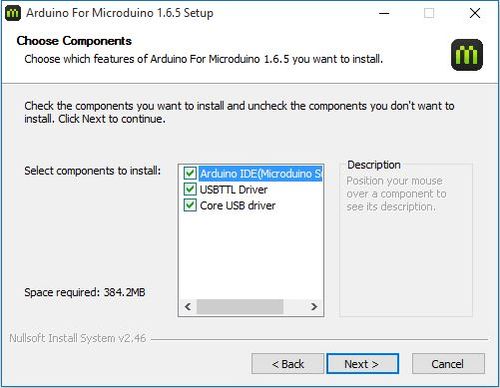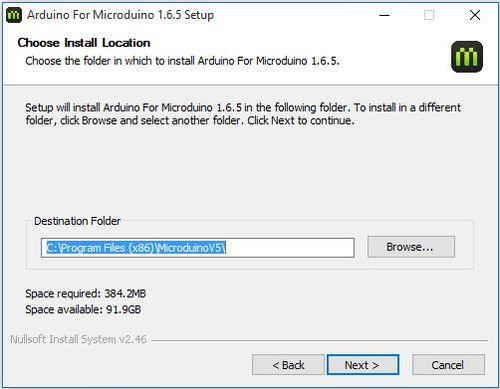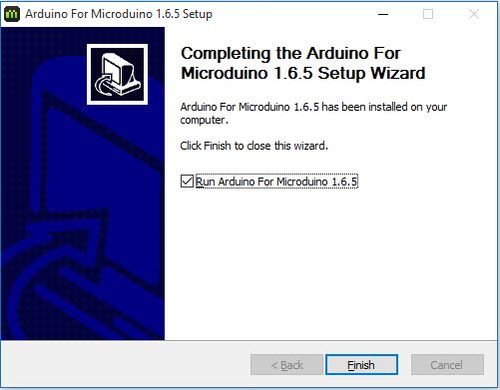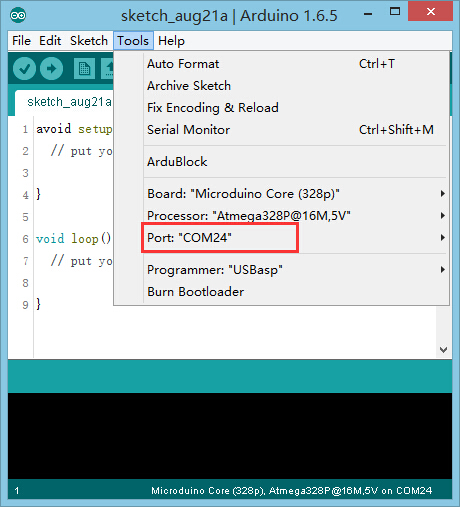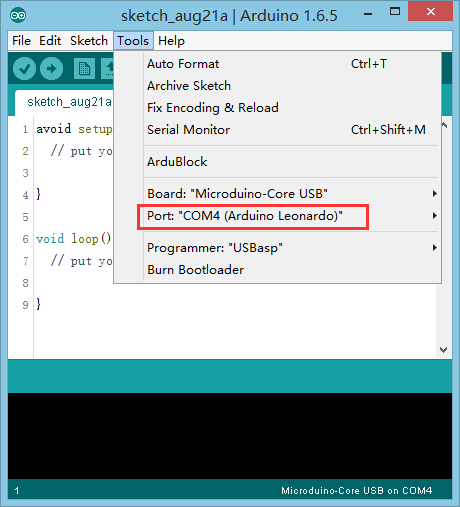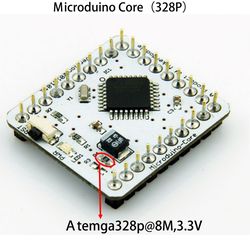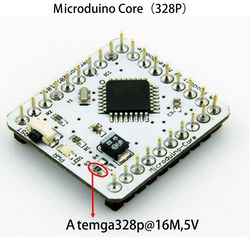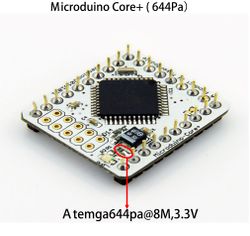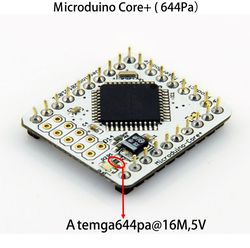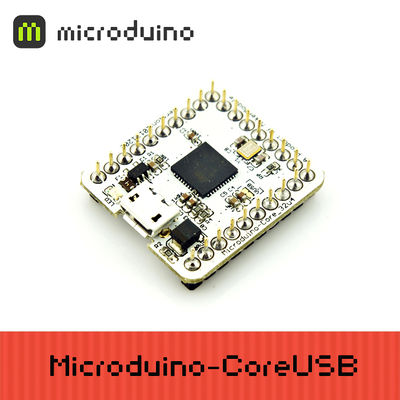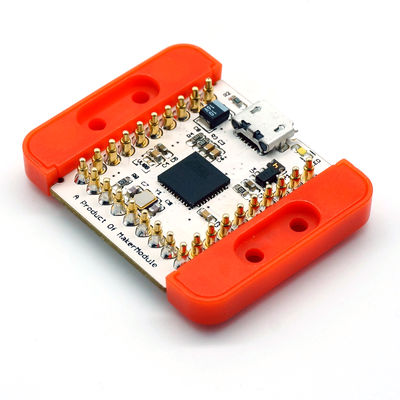Download
Installation
- Double click Install Microduino IDE.exe. Choose your language and then press【OK】.
- Make sure Arduino IDE, USBTTL driver, and Core USB driver are all checked. Click【Next】.
- Click【Browse...】if you would like to choose a different installation destination. Then click【Install】.
- After the Arduino IDE has been installed, a window for driver installation will appear. Follow the instructions. Final window after driver installation:
- After installation, there will be a shortcut to the Arduino IDE on your desktop.
Confirm Drivers Installed Successfully
- Connect Microduino-USBTTL to your computer. Verify that there are available Port options under Tools.
Arduino IDE Basics
Interface
- 【Verify】: Checks for errors in the code.
- 【Upload】: Uploads the program to a MCU.
- 【Serial Monitor】: Useful in debugging programs.
Tools
- 【Board】: Select the corresponding core module to which the program is being uploaded.
- 【Processor】: Select the corresponding processor.
- 【Port】: Select the common USB port.
The Board Types
Uploading Code
- Select board type and processor.
- Select the port.
- Click upload.
|
